Girish Prabhu on bringing meaningful experiences with Amazon miniTV
Amazon miniTV is a free, ad-supported video streaming service within the Amazon Shopping app. This video streaming platform showcases a range of web series, comedy shows, along with beauty and fashion videos. The platform recently unveiled the highly-anticipated trailer of the show – ‘Case Toh Banta Hai’ – in collaboration with Noise and Campus. Produced by Banijay Asia, this one-of-a-kind weekly comedy show features Riteish Deshmukh, Varun Sharma and Kusha Kapila.
Click here to check the Award Categories
In conversation with Adgully, Girish Prabhu, Head of Amazon Advertising, speaks at length about the one-year journey of miniTV, advertisers’ response to miniTV and much more.
How has the journey of MiniTV been in the last year?
It has been very exciting. We are learning a lot from what we have built. We are continuously rethinking our content strategy, rethinking our customer experience. So, it has been a very exciting year. And now we have a show like ‘Case toh banta hai’, which I think is an amazing show. It is a very large format show has got great Bollywood talent in it. So, it has been a great learning journey for us.
How has the advertisers’ response been for miniTV?
Our vision for advertising and miniTV is that we want to bring meaningful experiences to customers. So, the combination of the right content, customers and the brand messaging – that’s a large part of our advertising strategy. The response so far has been very exciting. Original content is a big part of our content strategy and that gives us an opportunity to work very closely with the brands to bring meaningful experiences, which are relevant. We are very excited about where this is going for us and how brands will be a part of that journey.
How did you decide to come up with this ‘Case toh banta hai’ concept? Who was the brainchild behind it?
When the show was envisioned, it was meant to be 100% original and we wanted to create a new concept. We have partnered with Banijay Asia for the show and the results are there for all to see.
Why was this show concept decided for miniTV only, and not any other Amazon platform?
We look at our main lenses – the customers – backwards. And in this case, if you look at the viewership that we have on miniTV, it broadly falls in the 18-34 age group, which is sort of a target base. So, when we looked at that, we looked for experiences that are relevant to the life stages of that target group. There are also experiences like ‘Case toh banta hai’, which cuts across any TG. It is as exciting to anybody in the 18-34 age group as it is for people in the 34-60 age group. So, we look at both the forms. ‘Case toh banta hai’ is an example of that. We have a very robust slate, which covers different life experiences, different life stages – there are aspirations, there’s comedy, so we cut across different genres. And there will be a lot more coming.
Amazon miniTV is a part of the Amazon shopping app, but a lot of customers are not aware of the fact that there is no separate app for miniTV. How are you making your consumers aware of that?
A big entry point is that there’s a big icon right on the app, which is persistent, that’s been sort of our main soundboard for the entire miniTV. Thus, that icon is what gives you the experiences on miniTV. Our experience with this so far has been very positive. Customers are recognising that there’s something interesting here and want to check it out, and they are spending time on it. There have been a lot of learnings from the new experiences.
There’s a whole category of things that we are doing like Amazon Payments, which is a digital payment method that is applicable while shopping and for other things that are not related to your day-to-day shopping. Similarly, miniTV is all about entertainment. Our vision on this is to bring new experiences to Amazon and that’s really what we are doing. 75% of online customers use Amazon and it is widely available on mobile phones.
Fire TV is in living room devices. Today, you can watch miniTV on your living room device with Fire TV, you can watch it on the shopping app, and one of the threads of innovation is to bring this experience anywhere where you would consider watching content.
What are the trends or patterns that you have observed in terms of content consumption?
I think it is still early for us as it has just been a year now. It is difficult to say if there’s a specific pattern, but it has been very exciting for us. And that’s why you see productions such as ‘Case toh banta hai’ that we are working on. We will be bringing a lot more content like this.
It’s hard to say if there’s any trend, but what we are excited about is that we are seeing a lot of response to our episodes, which are very different in the sense that we try to bring the episodes in a periodic way, rather than just putting everything out there for binge-watching. We are experimenting with that format.
The other is short films. We have a great selection of original short films on miniTV, where we are seeing a lot of engagement from customers where it is an interesting format putting the entire movie into 25-30 minute duration. Though it is pretty challenging, we are excited about that. We are bringing different topics in it and we are seeing a lot of good engagement that comes back to us in the form of feedback, where customers are asking about when we will be releasing the second season.
What are your views on short format content consumption?
It all depends on the customer’s choice. What we have learnt is that it is very difficult to bucket customers into short versus long versus medium – the duration by itself is a matter of customer choice. It has been a journey for us to see that short films work for a certain kind of customers, and long episodes work for the same customers and other customers as well. It has really been an interesting learning for us. Our tendency is to put people into cohorts who say, these are the short content watchers, these are the long content watchers and these are the ones that don’t spend any time. But what we are seeing is actually very different; it depends on what the show is and whether it is relatable to them. So, our goal is to bring sort of those relationships with their life stage or their aspirations into the content.





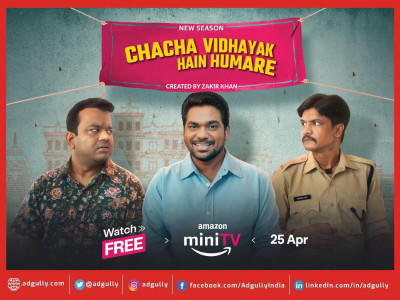

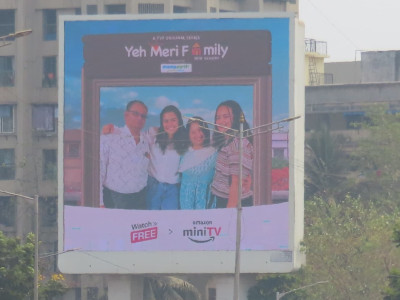



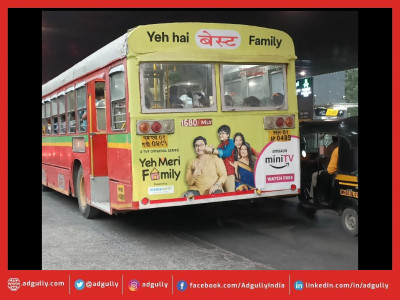

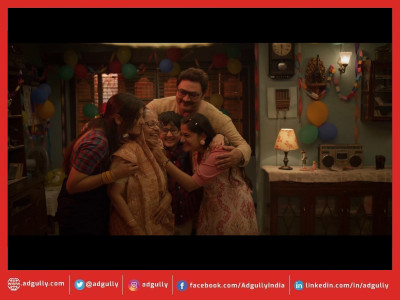

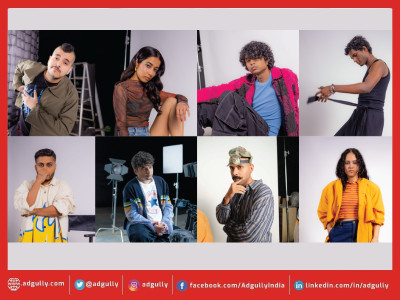



Share
Facebook
YouTube
Tweet
Twitter
LinkedIn